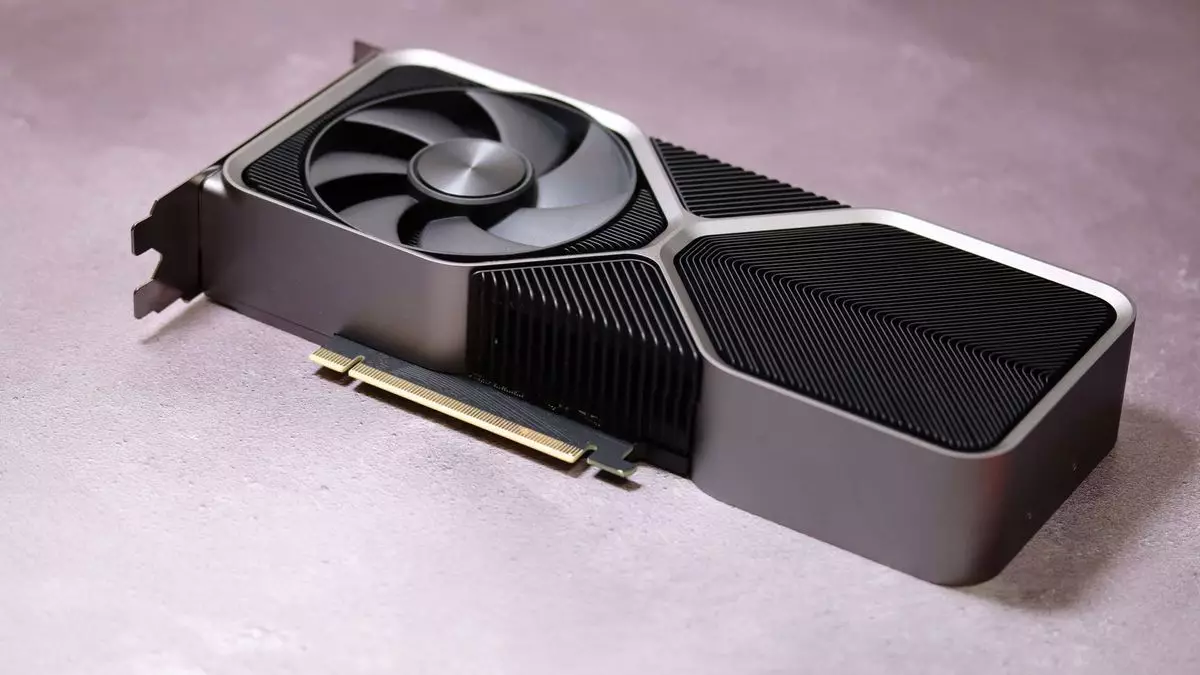As the tech world braces itself for the upcoming Consumer Electronics Show (CES) 2025, the spotlight is already beginning to shine on Nvidia’s next-generation graphics cards. With mounting speculation surrounding these new GPUs, this article delves into the details—rumors, potential features, and what it all means for consumers and the gaming industry at large.
Rumors suggest that Nvidia plans to unveil its latest graphics cards, including the RTX 5070, RTX 5080, and RTX 5090, at CES 2025. If true, this would signify a shift in Nvidia’s traditional launch strategy. Historically, the company has prioritized high-end models, allowing mid-range options to follow several months later. A simultaneous reveal of intermediate and premium models could indicate a more aggressive approach to capturing market share, especially as competition heats up in the graphics card sector.
This strategic pivot might be a reaction to the current marketplace dynamics, where AMD’s recent offerings boast significant graphical capabilities at competitive prices. Nvidia’s simultaneous roll-out could be an attempt to curb any momentum AMD might gain by unveiling innovative mid-range alternatives. Keeping a close eye on competitor strategies is crucial in this fast-evolving landscape.
Reports from reliable sources indicate that the RTX 5070 will feature 12 GB of VRAM driven by 28 Gbps GDDR7 memory and a 192-bit bus. This combination is set to deliver a considerable increase in memory bandwidth compared to previous models like the RTX 4070 and RTX 4070 Super. Notably, a 33% improvement in bandwidth raises questions about Nvidia’s vision for gaming at 4K resolutions.
With confirmed title releases demanding more memory from the system to maintain high fidelity visual experiences, many gamers are wary that 12 GB may not be enough. Moreover, Nvidia’s consistent remarks on prioritizing cache performance over sheer VRAM capacity fuel further debate on the adequacy of these new offerings. Is Nvidia planning to persuade consumers to invest in their high-end cards, implicitly suggesting that 4K gaming should be a luxury aimed at those willing to pay a higher price?
Power Consumption Trends: A Facet of Efficiency
Power consumption remains a critical consideration for users, especially as the demand for high-performance graphics increases. Nordic reports hint at a peak power draw of 250 watts for the RTX 5070—a notable uptick that aligns with the power-hungry nature of next-generation GPUs. This trend appears to be a significant industry-wide shift, as manufacturers explore how to maximize performance while promoting energy efficiency.
The peak power requirement for the RTX 5090 is rumored to reach an astonishing 600 watts, signifying a leap in performance expectations from consumers. There exists a delicate balance between boosting power requirements and providing users with value for their investment. Nvidia will need to assure gamers that increased power consumption translates to undeniable performance benefits.
Despite speculation that Nvidia is intentionally limiting VRAM to drive sales towards its premium offerings, historical trends provide an interesting context. AMD has positioned its RX 7800XT with ample VRAM, yet it hasn’t garnered the anticipated consumer interest. This raises the question: What is the consumer mindset when considering VRAM specifications?
Nvidia’s previous missteps have shown that it can adapt. The introduction of a 16 GB version of the RTX 4060 Ti demonstrated the firm’s sensitivity to public demand for improved memory specifications. Even if the current offerings don’t meet expected standards, the company may have alternative plans, such as future Super and Ti variants that could deliver upgraded features at a later stage.
Pricing strategies are another pivotal aspect that will define the consumer response to the upcoming GPUs. The RTX 4070’s relatively accessible launch price of $599 acts as a benchmark that could influence pricing for the RTX 5070. Time will tell if Nvidia can replicate this success while providing undeniable performance enhancements.
As speculation mounts around the CES 2025 showcase, Nvidia’s release strategy invites speculation from both analysts and potential buyers alike. With AMD also preparing to unveil its RDNA 4 GPUs at the same event, the stakes are considerably high. Will Nvidia’s decision to unveil mid-range models alongside premium options provide them with an edge, or has a cautious market already predetermined their fate?
Ultimately, the discussion surrounding Nvidia’s next-generation GPUs is not merely technical; it encapsulates broader trends in the gaming market, consumer preferences, and the strategic maneuvers of two leading competitors. CES 2025 is poised to be a watershed moment in the graphics card landscape, stirring conversations that will shape the industry’s future.

